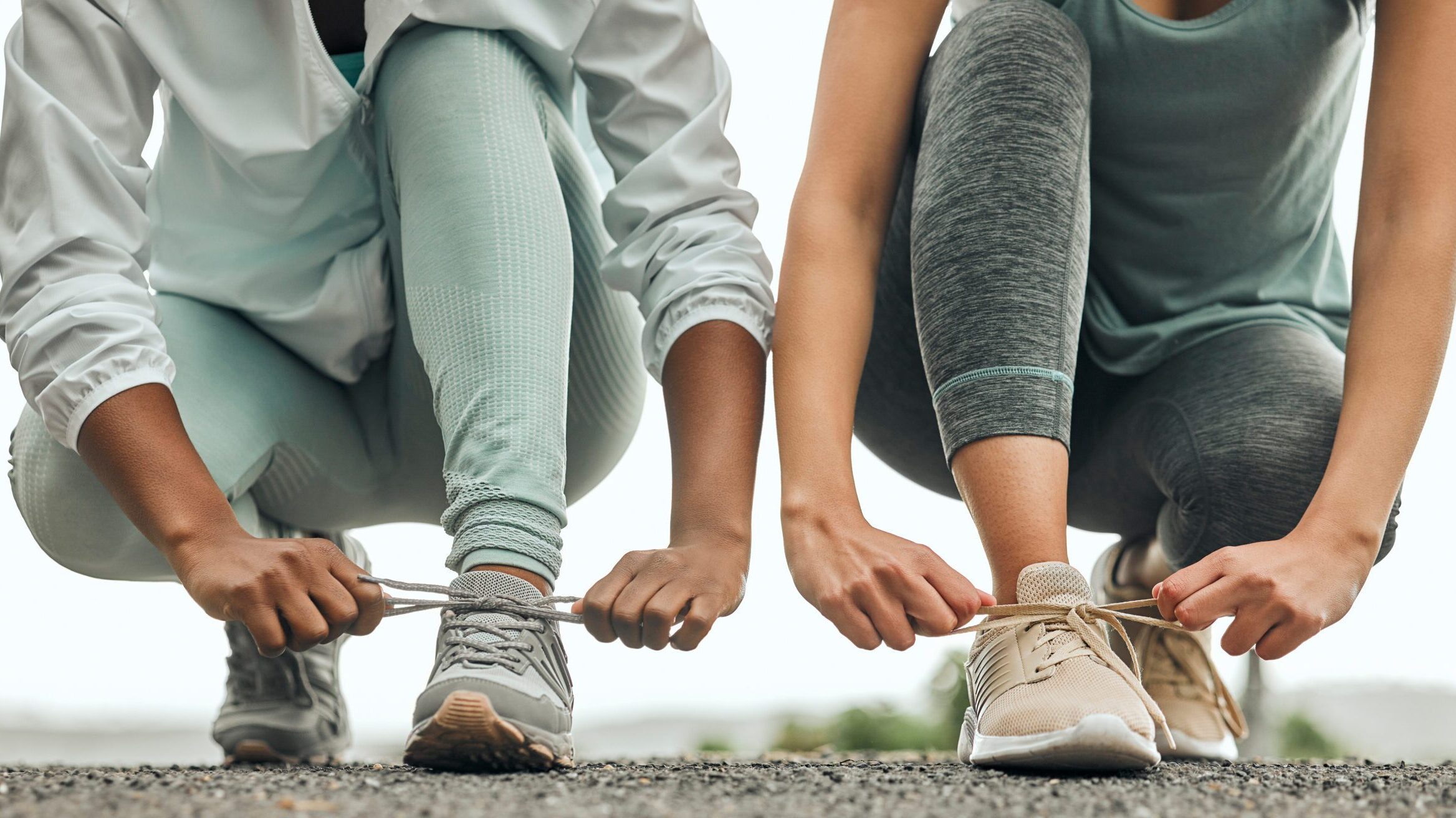If waking up to stiff joints is a part of your morning routine, you're not alone. According to a report from the Centers for Disease Control, nearly a quarter of American adults—about 58.5 million people—have been diagnosed with an inflammatory joint condition like arthritis or gout.
Fortunately, there are several natural and effective ways to protect your joints from damaging inflammation. Combining a joint-protective herbal compound like curcumin with an anti-inflammatory diet and a low-impact exercise routine can support joint health and keep your body moving for years to come.
Joints Articulated
Joints are the places where your bones meet. Most joints are mobile, which allows your body to move in all sorts of ways thanks to cartilage—that protective layer of specialized cells that covers the ends of bones where they come together to form joints. Cartilage not only cushions bones and helps them glide smoothly over one another, it also produces collagen and proteoglycans, two necessary components of healthy joints.
Your Joints on Inflammation
With all the moving around that your bones do over time, the cartilage in your joints is bound to take a beating. When injuries do happen, inflammation plays a crucial part in the healing process. It’s the body’s way of telling the immune system to repair the damaged area by creating new collagen and proteoglycan cells. Once this process is complete and the damaged cartilage is repaired, the inflammation subsides. However, issues arise when inflammation lingers even after the problem has passed. This type of chronic low level inflammation is called metaflammation. Instead of helping to restore distressed tissue, persistent inflammation can become destructive, eroding the cartilage in your joints while inhibiting the creation of new cells.1 To make matters worse, an aging body naturally produces fewer and fewer cartilage cells to replenish the vital bumper between your bones. As cartilage continues to break down, bones can begin to rub together, and that can lead to the pain and stiffness you can feel during activity.
Curcumin to the Rescue
When joint pain hits, all you want is relief. That usually means reaching for ibuprofen or other non-steroidal anti-inflammatory drugs (NSAIDs) to ease the pain so you can get through your day. However, extended use of these medications poses significant health risks, especially in older individuals. Fortunately, nature has already provided an effective alternative in the form of curcumin.
The active ingredient in the curry spice turmeric, curcumin boasts powerful anti-inflammatory and antioxidant capabilities. Used for centuries in Ayurvedic medicine, this natural herb has been shown to reduce inflammation-related symptoms just as well as the common anti-inflammatory pain medications ibuprofen and diclofenac.2 But, while these NSAIDs just mask the symptoms of joint pain temporarily, evidence suggests that curcumin supports joint health on a deeper level by limiting runaway inflammation and preventing the deterioration of cartilage cells.3
Best of all, curcumin is safe for long-term use and carries none of harmful side effects that NSAIDs do. But keep in mind that the body has a hard time absorbing curcumin. That’s why it’s critical to look for a supplement that contains a clinically-studied form of curcumin like Meriva that provides enhanced absorption and bioavailability for the best results.
Joint Ventures
In addition to fostering joint health with curcumin, it’s also important to support your joints with diet and exercise.
Diet. For strong and flexible joints, opt for inflammation-fighting foods that are rich in omega-3 fatty acids like wild-caught salmon and walnuts. Choosing non-starchy vegetables, antioxidant-rich fruits, and whole grains is another smart way to tame inflammation. It’s also wise to stop inflammation before it starts by reducing the amount of red meat you eat and avoiding caffeine and alcohol—two substances that can amplify inflammation. Following this type of anti-inflammatory diet not only keeps joint inflammation at a minimum in those with osteoarthritis, it may also reduce your risk of developing rheumatoid arthritis.4
Exercise. Despite the common misconception that exercise is hard on your joints, there’s really no evidence supporting this belief. Unless you’ve suffered an injury in the past, exercise actually appears to have positive health benefits for joints. If you do have concerns that some activities might be too hard on your joints, opt for movements that create as little impact as possible. Walking, cycling, swimming, water aerobics, and riding the elliptical machine are all activities that are easy on the joints. Gentle stretching is another great way to make sure your joints stay healthy and flexible.
When choosing a workout routine, take into consideration the intensity of the exercise and the impact it will have on your joints. Your body weight and any family history of osteoarthritis should also be taken into account.5 To be on the safe side, it’s always a good idea to consult with your physician before undertaking any new physical endeavor.
Joint inflammation can limit your ability to do the things you love. But you shouldn’t wait until debilitating pain disrupts your life to do something about joint health. Adopting these natural approaches can allow you to maintain durable joints for a lifetime.
References
- Goldring MB & Otero M. Inflammation in osteoarthritis. Current Opinions in Rheumatology. 2011;23(5):471-478.
- Daily JW, Yang M, Park S. Efficacy of turmeric extracts and curcumin for alleviating the symptoms of joint arthritis: A systematic review and meta-analysis of randomized clinical trials. Journal of Medicinal Food. 2016;19(8):717-729.
- Chin K. The spice for joint inflammation: anti-inflammatory role of curcumin in treating osteoarthritis. Drug Design, Development, and Therapy. 2016;10:3029-3042.
- Hu Y, Spark JA, Malspeis S, et al. Long-term dietary quality and risk of developing rheumatoid arthritis in women. Annals of the Rheumatic Diseases. 2017;76(8):1357-1364.
- Hunter DJ. Exercise and osteoarthritis. J Anat. 2009;214(2):197-207.
This article is for informational purposes only. This article is not, nor is it intended to be, a substitute for professional medical advice, diagnosis, or treatment and should never be relied upon for specific medical advice.

Share this Post